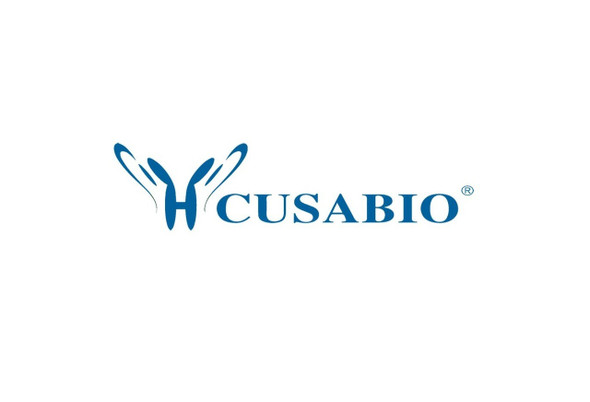Cusabio Mouse Recombinants
Recombinant Mouse BCL2/adenovirus E1B 19 kDa protein-interacting protein 3 (Bnip3), partial | CSB-EP002766MO1
- SKU:
- CSB-EP002766MO1
- Availability:
- 3 - 7 Working Days
Description
Recombinant Mouse BCL2/adenovirus E1B 19 kDa protein-interacting protein 3 (Bnip3), partial | CSB-EP002766MO1 | Cusabio
Alternative Name(s): Nip3
Gene Names: Bnip3
Research Areas: Others
Organism: Mus musculus (Mouse)
AA Sequence: MSQSGEENLQGSWVELHFSNGNGSSVPASVSIYNGDMEKILLDAQHESGRSSSKSSHCDSPPRSQTPQDTNRAEIDSHSFGEKNSTLSEEDYIERRREVESILKKNSDWIWDWSSRPENIPPKEFLFKHPKRTATLSMRNTSVMKKGGIFSADFLK
Source: E.coli
Tag Info: N-terminal 6xHis-tagged
Expression Region: 1-156aa
Sequence Info: Partial
MW: 21.6 kDa
Purity: Greater than 85% as determined by SDS-PAGE.
Relevance: Apoptosis-inducing protein that can overcome BCL2 suppression. May play a role in repartitioning calcium between the two major intracellular calcium stores in association with BCL2. Involved in mitochondrial quality control via its interaction with SPATA18/MIEAP: in response to mitochondrial damage, participates in mitochondrial protein catabolic process (also named MALM) leading to the degradation of damaged proteins inside mitochondria. The physical interaction of SPATA18/MIEAP, BNIP3 and BNIP3L/NIX at the mitochondrial outer membrane may play a critical role in the translocation of lysosomal proteins from the cytoplasm to the mitochondrial matrix. The physical interaction of SPATA18/MIEAP, BNIP3 and BNIP3L/NIX at the mitochondrial outer membrane regulates the opening of a pore in the mitochondrial double membrane in order to mediate the translocation of lysosomal proteins from the cytoplasm to the mitochondrial matrix (By similarity). Plays an important role in the calprotectin (S100A8/A9)-induced cell death pathway
Reference: "Nix and Nip3 form a subfamily of pro-apoptotic mitochondrial proteins." Chen G., Cizeau J., Vande Velde C., Park J.H., Bozek G., Bolton J., Shi L., Dubik D., Greenberg A. J. Biol. Chem. 274:7-10(1999)
Storage: The shelf life is related to many factors, storage state, buffer ingredients, storage temperature and the stability of the protein itself. Generally, the shelf life of liquid form is 6 months at -20?/-80?. The shelf life of lyophilized form is 12 months at -20?/-80?.
Notes: Repeated freezing and thawing is not recommended. Store working aliquots at 4? for up to one week.
Function: Apoptosis-inducing protein that can overcome BCL2 suppression. May play a role in repartitioning calcium between the two major intracellular calcium stores in association with BCL2 (By similarity). Involved in mitochondrial quality control via its interaction with SPATA18/MIEAP
Involvement in disease:
Subcellular Location: Mitochondrion, Mitochondrion outer membrane, Single-pass membrane protein
Protein Families: NIP3 family
Tissue Specificity:
Paythway:
Form: Liquid or Lyophilized powder
Buffer: If the delivery form is liquid, the default storage buffer is Tris/PBS-based buffer, 5%-50% glycerol. If the delivery form is lyophilized powder, the buffer before lyophilization is Tris/PBS-based buffer, 6% Trehalose, pH 8.0.
Reconstitution: We recommend that this vial be briefly centrifuged prior to opening to bring the contents to the bottom. Please reconstitute protein in deionized sterile water to a concentration of 0.1-1.0 mg/mL.We recommend to add 5-50% of glycerol (final concentration) and aliquot for long-term storage at -20?/-80?. Our default final concentration of glycerol is 50%. Customers could use it as reference.
Uniprot ID: O55003
HGNC Database Link: N/A
UniGene Database Link: UniGene
KEGG Database Link: KEGG
STRING Database Link: STRING
OMIM Database Link: N/A










